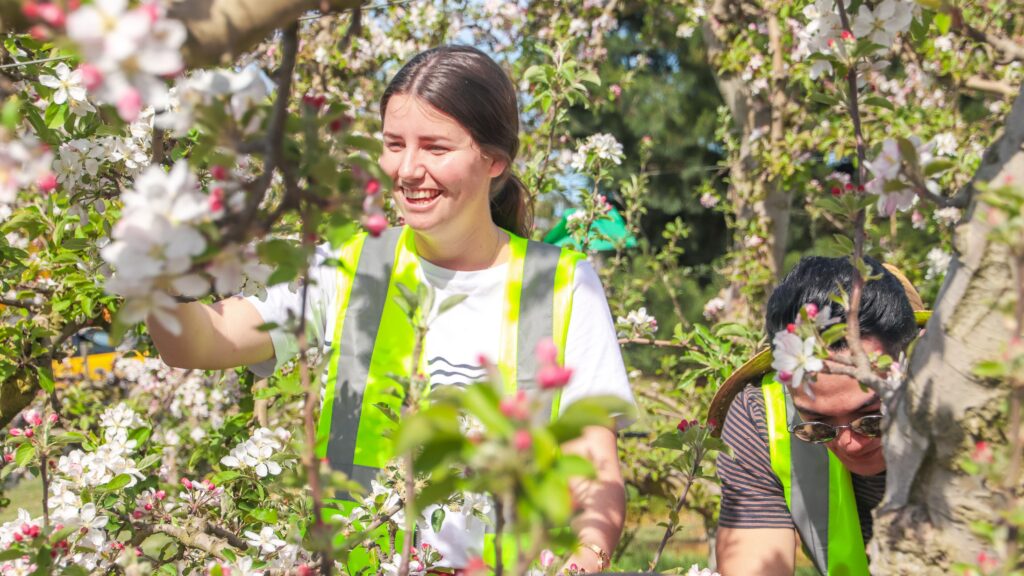Hardly a day goes by that I don’t have a conversation with someone that doesn’t in some way relate to the shortage of capable, skilled and readily available talent in the food and fibre sector. But a pertinent question, especially if you are a young person considering joining the industry is “what does that capable and skilled person need to look like?” More importantly, what will they look like in the future given workers will not necessarily look, act and undertake the tasks they do today.
With increased global migrant mobility, and more Maori, Pasifika and female workers the diversity of the food and fibre workforce will continue to evolve. Caregivers will need more opportunity to juggle their family responsibilities with their responsibilities in the workplace, which will impact on how and when work is undertaken. Wide-ranging customs, beliefs and values will need to be taken into consideration. Advances in technology mean that processes will need to change too.
The food and fibre workforce will be highly skilled in adaptivity, especially when it comes to meeting regulatory requirements, and evolving practise surrounding sustainable land and water use. This is coupled with the demands of increasingly environmentally aware consumers, and a food and fibre workforce being equally, if not more, environmentally aware.
The food and fibre workforce will evolve over the next 5, 10, 15 years and beyond. While there will be different jobs to do, some jobs will be the same or similar, but done with different technology or processes. The workforce of the future will need to be far more flexible than today, and potentially unrecognisable when compared with last century’s workers. Technology will become a collaborator with the workforce, rather than a tool per se.
Last year @Muka Tangata published the Future of The Food and Fibre Workforce Report, an output from the Food and Fibre Futures Project. This report and the findings in it are vitally important because, simply put, the food and fibre sector including production, processing and other related components, such as agri-tech are and will remain, the most significant part of Aotearoa New Zealand’s export economy.
If we want to attract and retain talent, change is a given. We need to acknowledge that what we need workers to do today, will be different in the future. People will be at the centre of any future that awaits the food and fibre sector so what if we flipped things around and made ‘talent’ the focal point of the story rather than the industry, the jobs it has available and the outputs it delivers – now that is food for thought.
@paul hollings, GM @FFCoVE
Posted as LinkedIn article 3 August 2023
